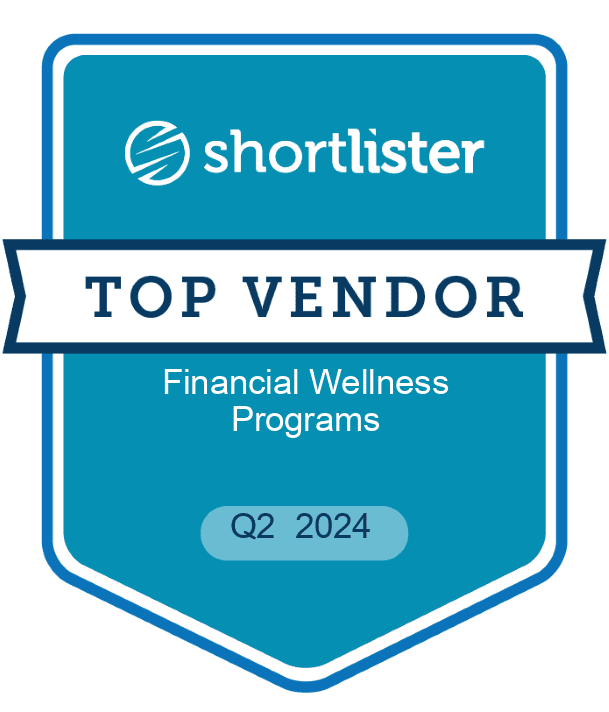What if I can’t afford my mortgage?
Whatever the cause for not being able to pay the mortgage, struggling to pay monthly bills can be devastating, both emotionally and financially, but there may be help available.

Whatever the cause for not being able to pay the mortgage, struggling to pay monthly bills can be devastating, both emotionally and financially, but there may be help available. It is important to let the numbers help decide if it is best to stay in the house and find a way to continue making the payments or to let go of the home.
Help may be available through federal, state, and local resources. A good place to start is the U.S. Department of Housing and Urban Development (HUD) or speak to a housing counselor in your area. The Consumer Financial Protection Bureau Housing Assistance webpage also has useful tips and resources. Especially in times of widespread financial or economic crisis, there may be additional help available. Local charitable organizations may also be able to provide relief to homeowners who have experienced financial setbacks, but this is usually temporary assistance, not a long-term solution.
First, explore your main goal. How do you feel about keeping or leaving the home? Is this the place where you wanted to raise your children? Do you wish to stay in this house through retirement? Or, are you not happy with the home and regret the purchase?
Second, is the mortgage payment considered affordable? Even if you feel you can’t afford your mortgage payment, the numbers the mortgage lenders use may determine that your payment is affordable by their standards. Lenders consider a payment affordable if it is anywhere from 30-33% of your gross monthly income. They include homeowners association (HOA) fees + PITI as part of that percentage.
PITI = Principal + Interest + Taxes + Insurances
Do the numbers. Is your payment considered affordable (less than 30-33% of your gross income)? If so, options to assist you are more limited. If your payment is a higher percentage (30-33% or greater), you may have more options available to you.
Third, it is important to know who owns your mortgage. Government endorsed programs to help you modify or refinance your mortgage in a hardship typically require that Fannie Mae or Freddie Mac owns your mortgage. If either program does not own your mortgage, your lender may have internal programs to help you. To find out if your mortgage is owned by one of these, use these links:
- Fannie Mae: knowyouroptions.com/loanlookup
- Freddie Mac: myhome.freddiemac.com/resources/loanlookup
Now, with the information gathered, you can narrow down the options:
1. Staying in the Home
Modification
Contact the lender as soon as you know that you will be having trouble keeping up with your mortgage payment. It is good to communicate with the lender before you fall behind to show your good faith and explore your options. When calling your lender, ask to speak to the lender’s Loss Mitigation Department to do a “work-out” plan or a “loan modification.”
A loan modification is a change in one or more of the terms of your loan and can result in a more affordable payment. A loan modification is a negotiation between you and your lender. Its purpose is to get your monthly payment to a more affordable level. An “affordable” mortgage payment is typically defined as 31% of the borrower’s monthly gross income. For example, if you earn $4,200 a month, your loan may be modified to 31% of your income or $1,302 per month in this case.
If you are having trouble communicating effectively with your lender, contact a Housing and Urban Development (HUD) approved housing counselor. Housing counselors can help you understand the law, organize your finances, and represent you in negotiations with your lender if needed.
To find a HUD-approved housing counselor near you, call (888) 995-4673, (800) 569-4287 or TTY (800) 877-8339, or check this website resource: hud.gov.
Refinance
If your credit score and monthly income allow you to qualify for a new mortgage, you may consider refinancing to obtain a lower monthly payment. Particularly if interest rates were higher when you obtained the loan or if you have an adjustable rate, refinancing may make sense. Consider the following if you’re thinking about refinancing:
- You have a reasonable ability to pay the new mortgage payments.
- The refinance improves the long-term affordability or stability of your loan.
2. Leaving the Home
If you cannot afford to keep your home, consider these possibilities:
Sell the Home
If you are behind on your mortgage payment or can no longer afford your home and have not yet fallen behind, but have equity in your home, you can list your house for a traditional sale.
Short Sale
If you can’t sell the property for the full amount of the loan, your lender may accept less than the amount owed.
Assumption
If you have an FHA loan, a qualified buyer may be allowed to take over your mortgage. The original loan documents need to state that the mortgage is assumable.
Deed-in-Lieu of Foreclosure
Under this option, you “give back” your property to the lender, and the debt is forgiven. If successful, this may be less damaging to your credit rating. This option might sound like the easiest way out, but it has limitations. You usually have to try to sell the home for its fair market value for at least 90 days before the lender considers this option. Or, you may be required to demonstrate a severe hardship to avoid having to list it for sale first. A deed-in-lieu of foreclosure may not be available if you have other liens, such as other creditor judgments, second mortgages, IRS or state tax liens.
Foreclosure
This is the legal process in which a bank or other secured creditor either sells or repossesses a house after a certain period following the nonpayment of the mortgage. Foreclosure clears the property’s legal title and allows the lender to resell the property and recover any loss from having to take back the property. Typically, the lender will initiate the pre-foreclosure process if it has been more than 60 days since you paid the mortgage. You can pay all money due (including late charges) to get caught up anytime up until just before the foreclosure date. Upon completion of the foreclosure process, the lender can sell the property and keep the proceeds to pay off the mortgage as well as any legal costs they have incurred in the foreclosure process.
The length of the foreclosure process varies from state to state and from lender to lender. Here’s a look at the general timeline:
- Your First Missed Payment: In the first month that you don’t make your monthly mortgage payment, the loan servicer will probably call to inform you that you are late on your payment and ask when you will be sending in funds. Many lenders will not accept a partial payment. Some lenders will return any partial payment as unacceptable. Ask for assistance if the goal is to stay in the property. The missed payment will likely be reported to the credit bureau(s), and the lender will post a 30-day late mark in the borrower’s credit file.
- Your Second Missed Payment: If you skip a second payment, the loan servicer will continue to make collection calls and inquire why you have not made the payments.
- Your Third Missed Payment: Generally, if you miss three payments, the loan servicer will then send you a letter informing you that you have 30 days to bring your mortgage current, or the loan will be accelerated. The letters are referred to as the “Breach Letter,” “Demand Letter,” “Notice of Acceleration,” or “Notice of Default.” When a loan is accelerated, you have to immediately pay the entire balance of the loan, not just the past due amounts. This sets the stage for the foreclosure process to begin and is considered in pre-foreclosure. To avoid foreclosure, you will have to bring the loan current by paying the full past due amount shown in the letter. If you send a partial amount, the lender will most likely send it back to you.
- Pre-Foreclosure: The mortgage servicer continues to report your late payments to the credit bureaus and refers the loan to their foreclosure department. An attorney or other firm is typically retained to initiate foreclosure proceedings. The pre-foreclosure period can last anywhere from 60 days to 415 days or more, depending on your state and lender.
- Foreclosure: The house is sold at a foreclosure sale or auction. If the foreclosed property is sold for less than the amount owed on the primary mortgage balance, and there is no insurance to cover the loss, it is possible that the court overseeing the foreclosure process may enter a deficiency judgment against the borrower. A deficiency judgment can be used to place a lien on the borrower’s other personal property, obligating the borrower to repay the difference. This may give the lender a legal right to collect the remainder of debt out of the borrower’s other existing assets. The lender’s ability to pursue a deficiency judgment is determined by state laws.
Tax Consequences
If your lender does not collect but cancels or forgives the debt, you may have to include the canceled amount in income for tax purposes. The lender is usually required to report the amount of the canceled debt to you and the IRS on a Form 1099-C, Cancellation of Debt.
For more information or to determine your potential for a tax liability, talk to a Money Coach.
My Secure Advantage, Inc. or any of its representatives do not endorse any of the websites or company names listed here.
More Like This
When Renee initially came to MSA, she felt hopeless with managing her finances and starting her own business. “I didn’t have the support I needed to make this dream come true, and [it] actually derailed me on my path to self-sustaining entrepreneurship. I was influenced by the WRONG attitudes, and thank goodness I found the […]
Grace, an employee of a leading company in mail distribution, came to the MSA Financial Wellness program in 2013 with the initial concern of her divorce: “I am recently separated from my husband, so I was initially very concerned about being financially able to take care of my needs.” When she entered the program, the […]
For many, it’s hard to forget the stock market crashes of 1987 and 2008, the tech bubble burst of 2000, or even the mortgage crisis. If you’re worrying about the market’s recent swings, consider taking a deep breath, remembering what we can learn from history, assessing your long-term plans and implementing some grounded, common-sense steps. Here’s […]
When Estelle entered the My Secure Advantage (MSA) Financial Wellness program, she learned a key point about trying to achieve financial goals: you may have the resources, but knowing how to use them may ultimately determine your level of success. “I was tired of hiding from my student loan debt of almost $100k, despite having […]

